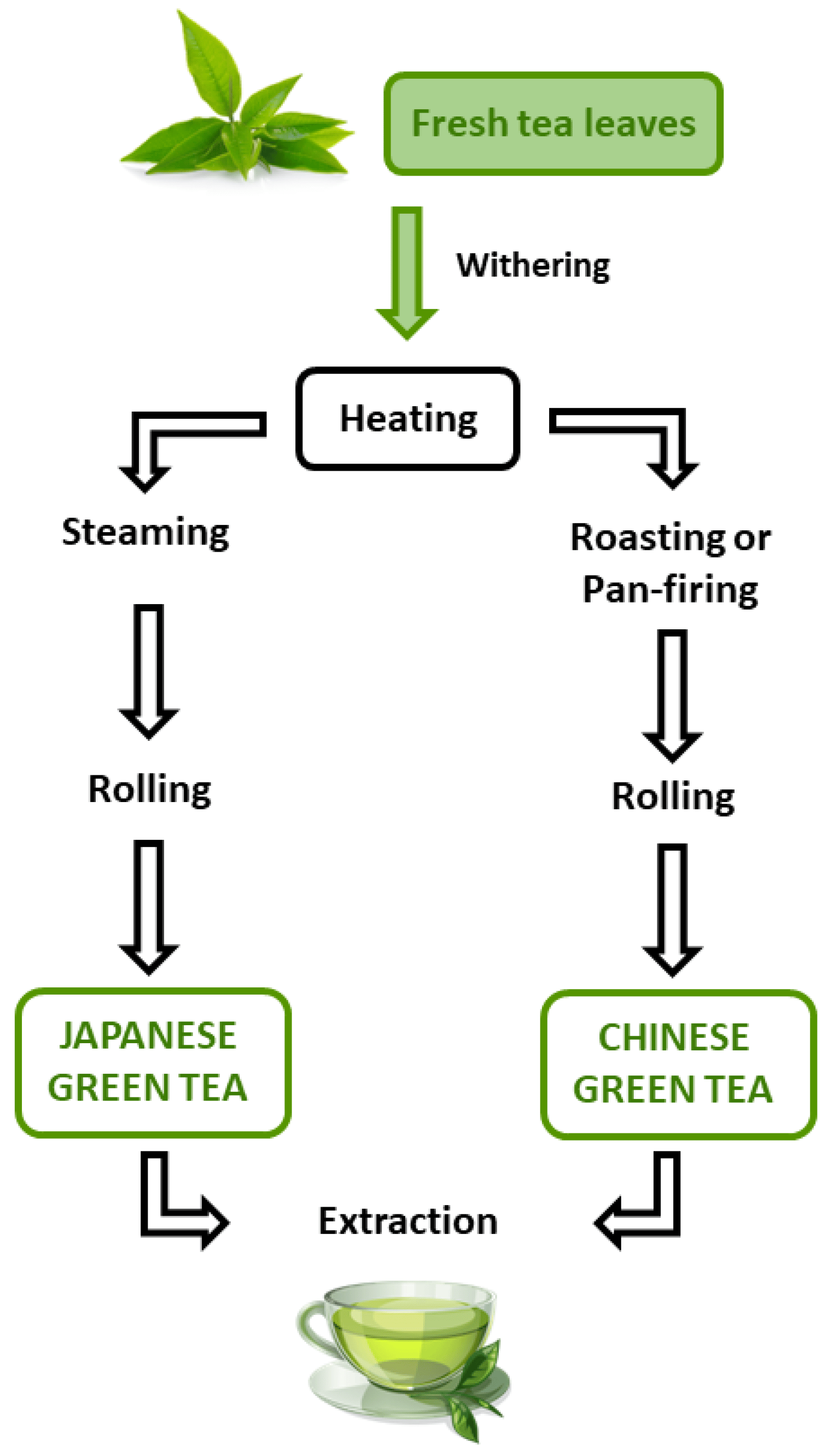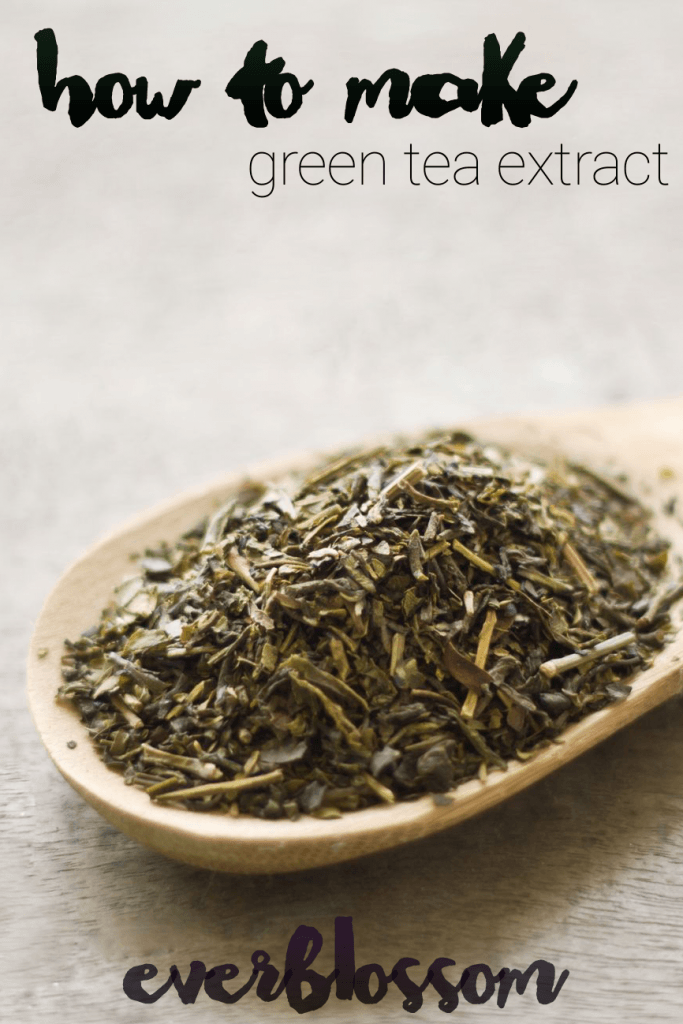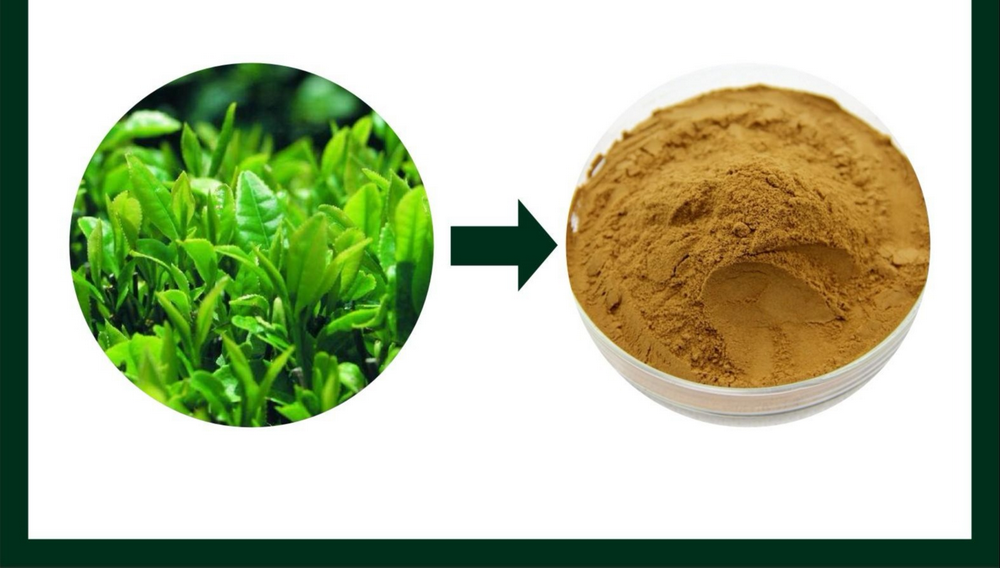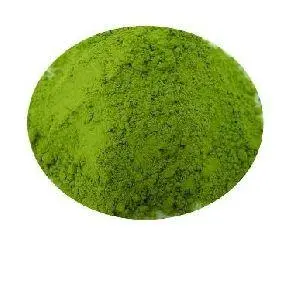Content Menu
● Introduction
● Understanding Green Tea Extract
● Ingredients Needed
● Methods of Extraction
>> Water Extraction
>> Alcohol Extraction
>> Oil Infusion
● Uses of Green Tea Extract
>> Dietary Supplements
>> Skincare Products
>> Culinary Applications
>> Hair Care
● Conclusion
● Frequently Asked Questions
Introduction
Green tea extract is a concentrated form of green tea that captures the beneficial compounds found in the leaves of the Camellia sinensis plant. Known for its high antioxidant content, particularly catechins, green tea extract has gained popularity for its potential health benefits, including weight management, improved brain function, and enhanced heart health. Making green tea extract at home is not only a cost-effective alternative to store-bought options but also allows for customization in terms of concentration and flavor. This article will guide you through the process of creating your own green tea extract, exploring the necessary ingredients, methods, and potential uses, while emphasizing the importance of quality and preparation techniques.

Understanding Green Tea Extract
Green tea extract is derived from the leaves of the green tea plant, which are minimally processed to retain their natural properties. Unlike regular green tea, which is brewed and consumed as a beverage, green tea extract is a concentrated form that can be used in various applications, including dietary supplements, skincare products, and culinary recipes. The primary active components of green tea extract are polyphenols, particularly epigallocatechin gallate (EGCG), which are known for their antioxidant properties. These compounds help combat oxidative stress in the body, potentially reducing the risk of chronic diseases.
The extraction process involves drawing out these beneficial compounds from the leaves, which can be achieved through various methods, including water extraction, alcohol extraction, and oil infusion. Each method has its advantages and can yield different concentrations of active ingredients, making it essential to choose the right technique based on your intended use.
Ingredients Needed
To make green tea extract at home, you will need a few essential ingredients and tools. The primary ingredient is high-quality green tea leaves, which can be sourced from specialty tea shops or online retailers. Look for loose-leaf green tea, as it typically contains more essential oils and flavor compounds than tea bags. Some popular varieties include Sencha, Matcha, and Gyokuro, each offering unique flavors and health benefits.
In addition to green tea leaves, you will need a solvent for extraction. The most common solvents are water and alcohol. For a simple water extraction, you can use distilled water, while for a more potent extract, high-proof alcohol such as vodka or grain alcohol is recommended. The choice of solvent will affect the final concentration and flavor of the extract.
Finally, you will need a few tools: a heat source (if using water extraction), a glass jar for steeping, a fine mesh strainer or cheesecloth for filtering, and a dark glass bottle for storage. The dark bottle helps protect the extract from light, which can degrade its quality over time.

Methods of Extraction
Water Extraction
Water extraction is the simplest method for making green tea extract at home. This method involves steeping the green tea leaves in hot water to draw out the beneficial compounds. Here’s how to do it:
1. Boil Water: Start by boiling distilled water in a pot. The ideal temperature for green tea is around 160°F to 180°F (70°C to 80°C), so allow the water to cool slightly after boiling.
2. Add Tea Leaves: Place approximately 1 to 2 tablespoons of loose green tea leaves into a glass jar. Pour the hot water over the leaves, ensuring they are fully submerged.
3. Steep: Cover the jar and let the mixture steep for about 30 minutes to 1 hour. The longer you steep, the more concentrated the extract will be.
4. Strain: After steeping, use a fine mesh strainer or cheesecloth to filter out the tea leaves, leaving you with a clear liquid.
5. Store: Transfer the extract into a dark glass bottle and store it in the refrigerator. It can last for up to two weeks.
Alcohol Extraction
For a more potent green tea extract, alcohol extraction is recommended. This method extracts a higher concentration of active compounds and can be used for various applications, including supplements and tinctures. Here’s how to do it:
1. Prepare Ingredients: Measure out 1 cup of high-proof alcohol (such as vodka) and 1 cup of loose green tea leaves.
2. Combine: In a glass jar, combine the green tea leaves and alcohol. Ensure the leaves are fully submerged.
3. Infuse: Seal the jar tightly and store it in a cool, dark place. Let the mixture infuse for 4 to 6 weeks, shaking it gently every few days to help with the extraction process.
4. Strain: After the infusion period, strain the mixture through a fine mesh strainer or cheesecloth to remove the tea leaves.
5. Store: Pour the extract into a dark glass bottle for storage. This alcohol-based extract can last for several months when stored properly.
Oil Infusion
Another method to create green tea extract is through oil infusion, which is particularly useful for cosmetic applications. This method extracts the beneficial compounds into a carrier oil, making it suitable for skincare products. Here’s how to do it:
1. Choose an Oil: Select a carrier oil such as jojoba oil, olive oil, or sweet almond oil.
2. Combine: In a double boiler, combine 1 cup of carrier oil with 1 cup of loose green tea leaves.
3. Heat: Gently heat the mixture over low heat for 2 to 3 hours, ensuring it does not boil. This slow heating process allows the oil to absorb the beneficial compounds from the tea leaves.
4. Strain: After heating, strain the mixture through a fine mesh strainer or cheesecloth to remove the tea leaves.
5. Store: Transfer the infused oil into a dark glass bottle for storage. This oil can be used in homemade skincare products or as a massage oil.

Uses of Green Tea Extract
Green tea extract has a wide range of applications, making it a versatile addition to your home apothecary. Here are some common uses:
Dietary Supplements
One of the most popular uses of green tea extract is as a dietary supplement. Its high concentration of antioxidants and catechins makes it a favored choice for those looking to support weight loss, boost metabolism, and enhance overall health. You can take the extract directly or incorporate it into smoothies, juices, or other beverages.
Skincare Products
Green tea extract is a powerful ingredient in skincare formulations due to its anti-inflammatory and antioxidant properties. It can help reduce redness, soothe irritated skin, and combat signs of aging. You can add your homemade green tea extract to lotions, creams, or serums for an added boost of nourishment.
Culinary Applications
In addition to its health benefits, green tea extract can enhance the flavor of various dishes. It can be used in marinades, salad dressings, or even baked goods. The extract adds a unique flavor profile and a nutritional boost to your culinary creations.
Hair Care
Green tea extract can also be beneficial for hair health. Its antioxidant properties may help promote a healthy scalp and reduce hair loss. You can mix the extract into your shampoo or conditioner or use it as a rinse after washing your hair.
Conclusion
Making green tea extract at home is a straightforward process that allows you to harness the numerous health benefits of this powerful ingredient. Whether you choose water extraction, alcohol extraction, or oil infusion, each method offers unique advantages and applications. By using high-quality green tea leaves and proper techniques, you can create a potent extract that enhances your health and well-being. As you explore the various uses of green tea extract, you will discover its versatility in dietary supplements, skincare, culinary applications, and hair care.

Frequently Asked Questions
Q: What are the health benefits of green tea extract?
A: Green tea extract is rich in antioxidants, particularly catechins, which may help reduce the risk of chronic diseases, support weight loss, and improve brain function.
Q: How long does homemade green tea extract last?
A: When stored in a dark glass bottle in the refrigerator, homemade green tea extract can last for up to two weeks for water extraction and several months for alcohol extraction.
Q: Can I use green tea extract in cooking?
A: Yes, green tea extract can be used in various culinary applications, including marinades, salad dressings, and baked goods, adding both flavor and nutritional benefits.
Q: Is it safe to consume green tea extract daily?
A: While green tea extract is generally safe for most people, it is advisable to consult with a healthcare professional, especially if you have underlying health conditions or are taking medications.
Q: Can I use green tea extract on my skin?
A: Yes, green tea extract is beneficial for skincare and can be added to lotions, creams, or serums to help soothe irritated skin and combat signs of aging.































